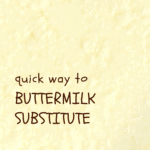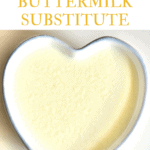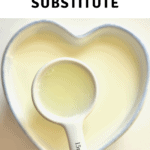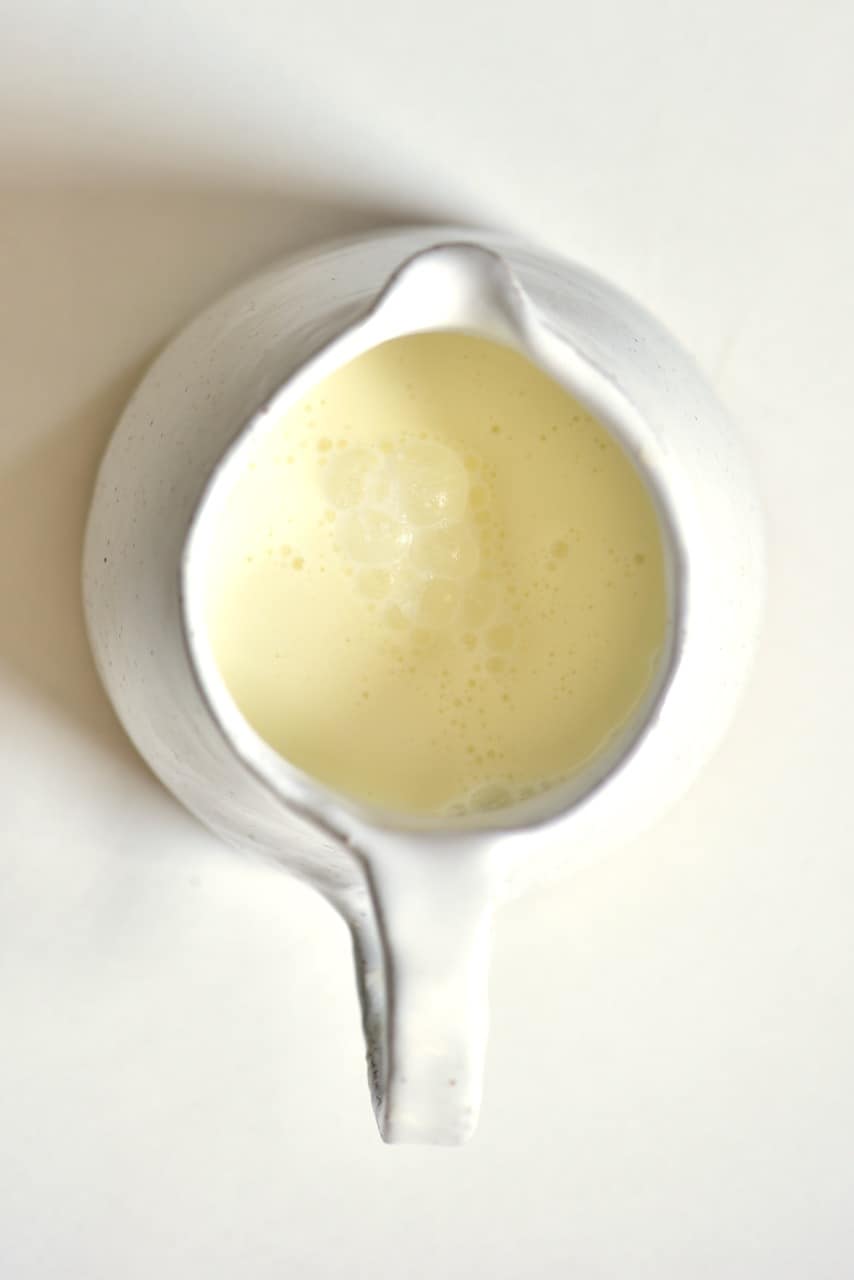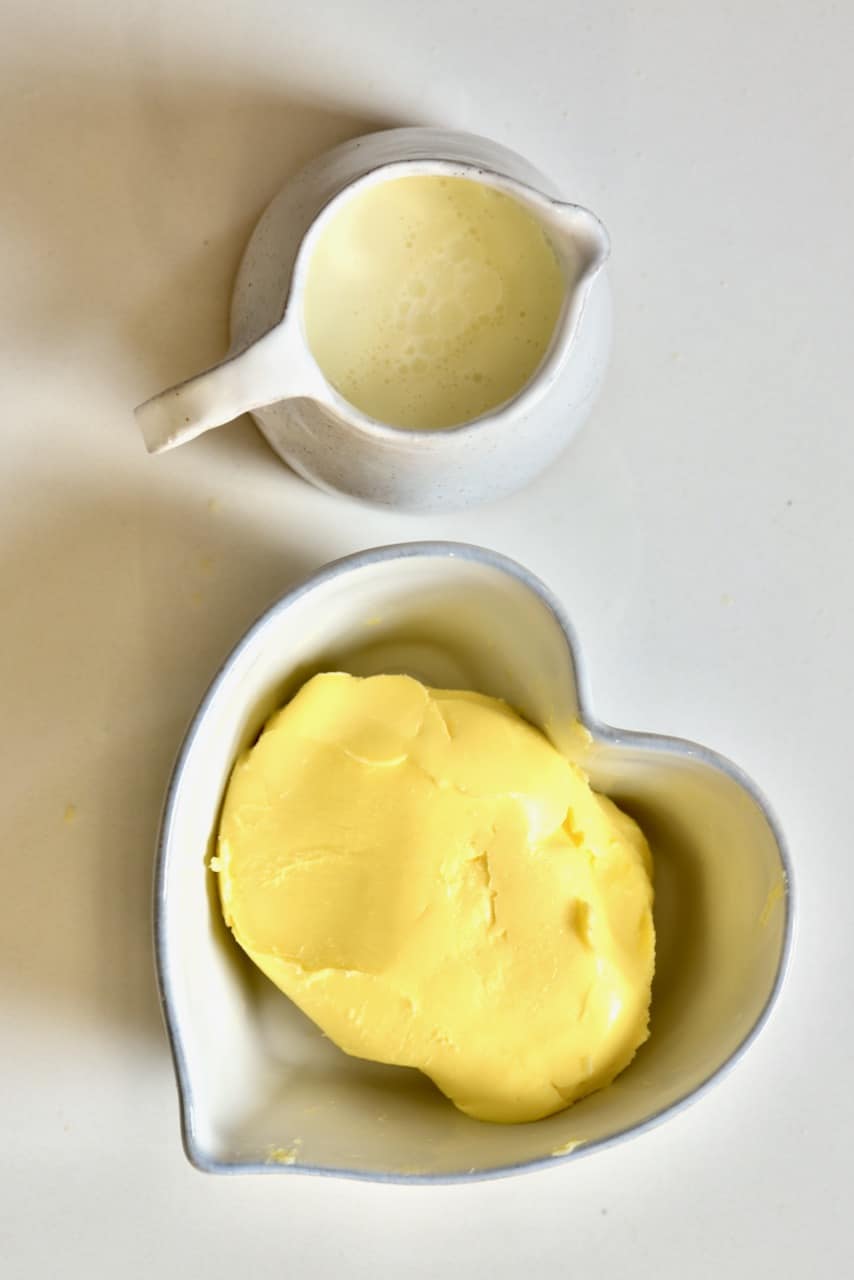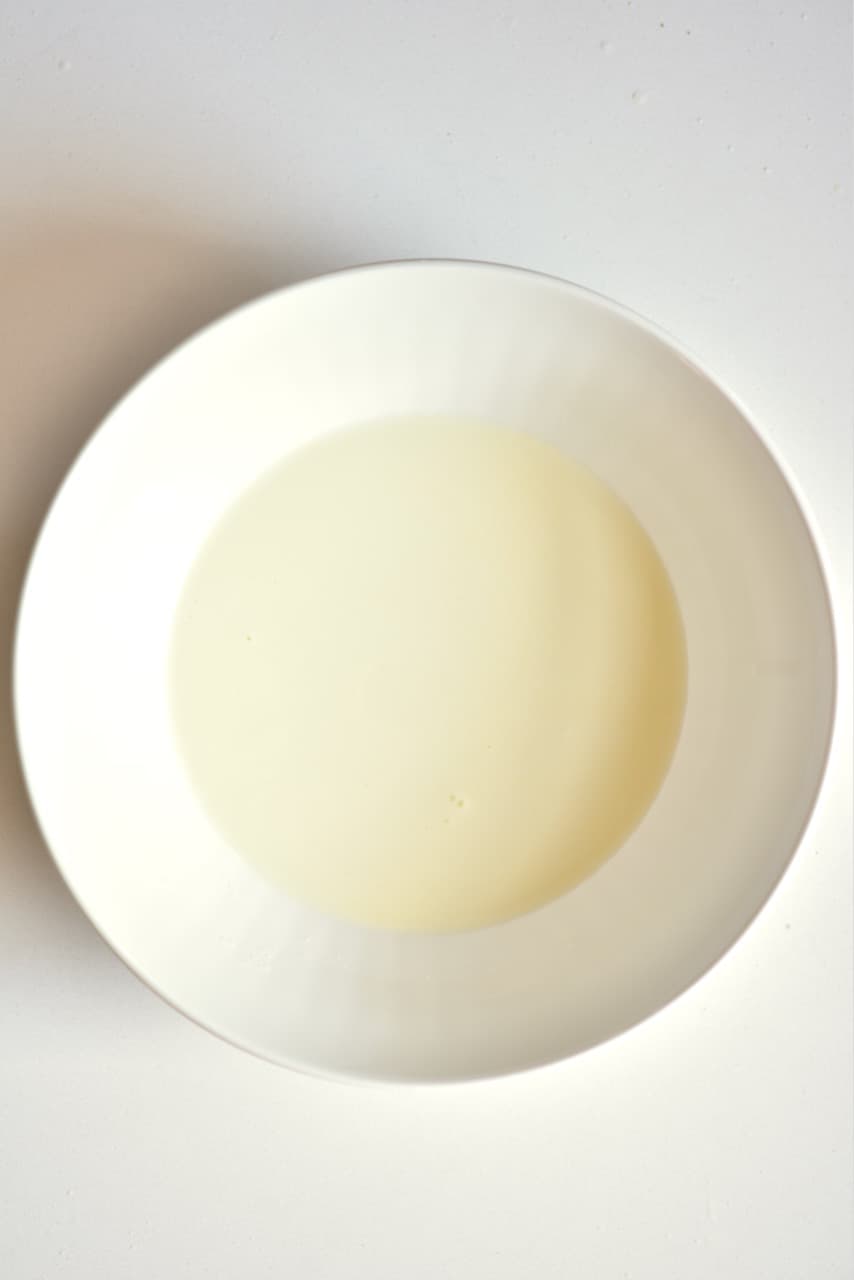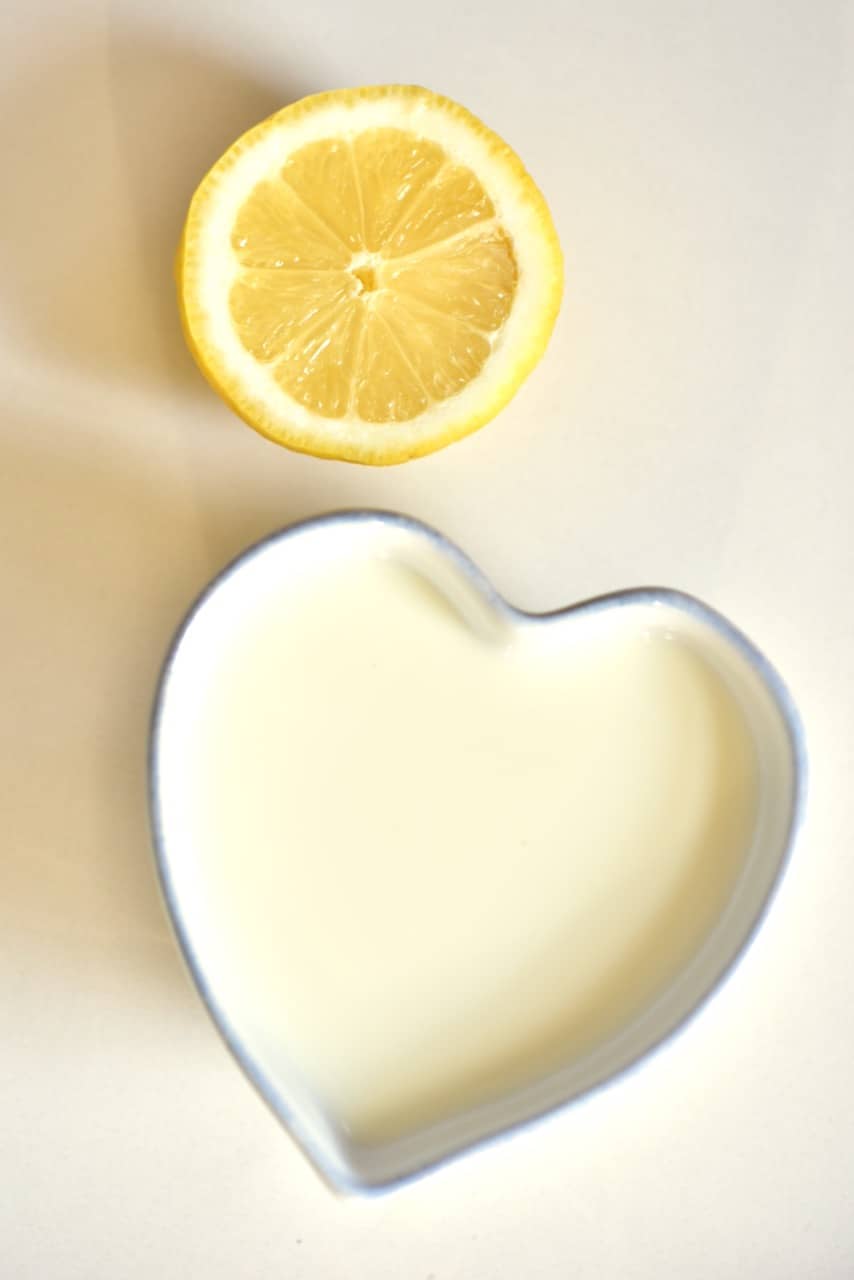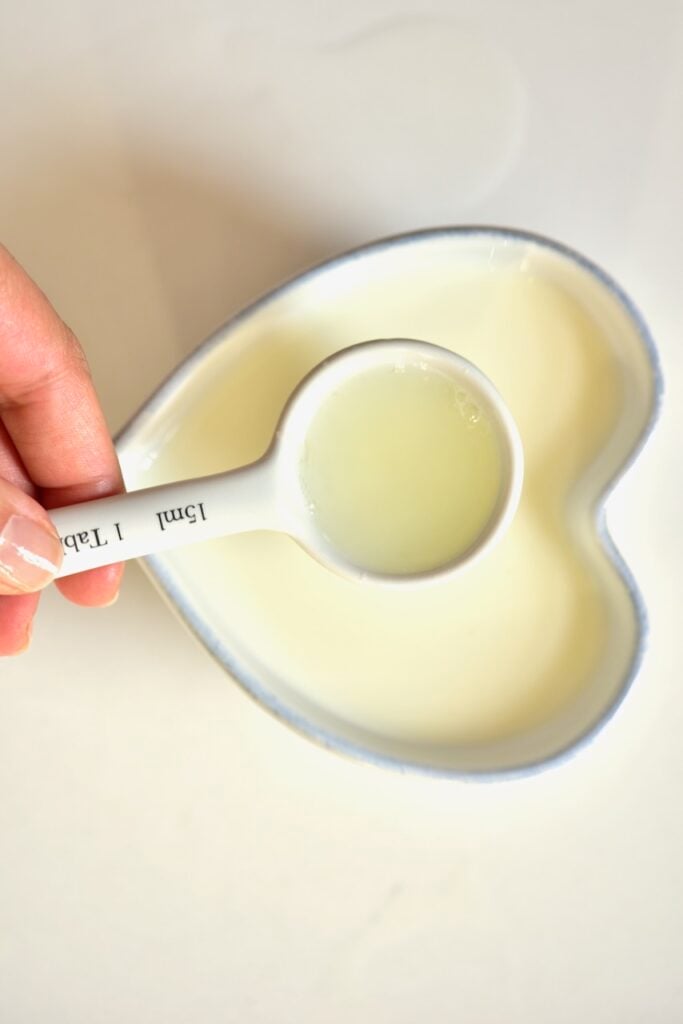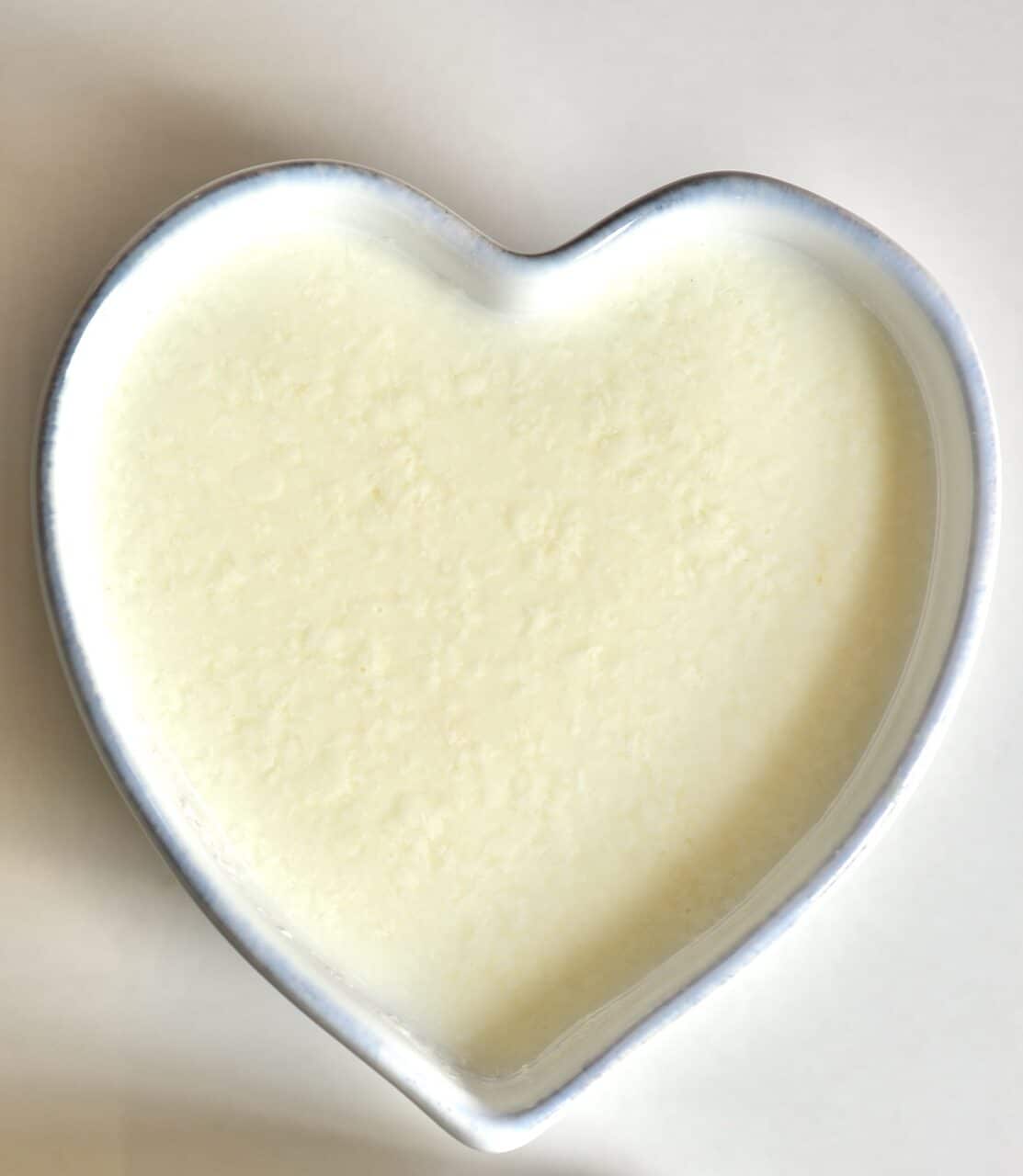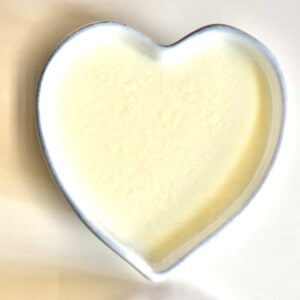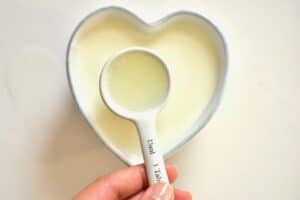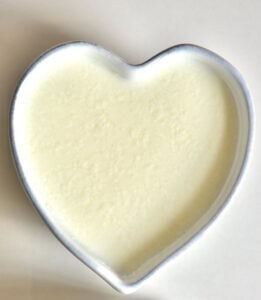Buttermilk is a wonderful ingredient when used in baking – known for its acidic, tangy flavor and power to tenderize gluten and react with baking soda in baked goods, for fluffy and light results. However, if you have none to hand, then not all is lost. This post will show you how to make buttermilk at home, using simple two-ingredient methods to make a buttermilk substitute. Of course, if you want to make actual buttermilk, then this is the byproduct of making homemade butter. However, if that’s not possible, then there are several homemade buttermilk options, including dairy-free options! The main aim is to replace the acidic element of liquid to create the same tangy flavor that we’re used to with today’s commercial varieties.
What Is Buttermilk?
Traditionally, buttermilk referred to the thin, non-fat byproduct from churning cream into butter. However, lots of the store-bought options available today are a form of cultured milk to simulate the lactic acid that would have occurred in the traditional variety. What we’ll notice these days is that it can be made using all different fat-levels within the milk, you can also choose to make your buttermilk substitute at home correspondingly, using 2%, skim, full-fat milk, etc.
How To Make Buttermilk Substitute
Homemade buttermilk, unless made through the butter churning process, is always actually a substitute. However, it still works amazingly as a buttermilk replacement in probably 90% of recipes calling for buttermilk. In fact, to mimic the acidity of commercial varieties, you can actually add a 1 tsp of vinegar or lemon juice per 1 cup of natural buttermilk OR leave it in a jar at room temperature for 1-2 days, to begin to culture. With how simple the process is to make the substitutions, this means it’s also incredibly easy to make dairy-free, vegan options too, as you’ll see below. My favorite method uses milk and an acidic ingredient.
The Ratios: Fresh Lemon Juice – 1 tablespoon OR White vinegar – 1 tablespoon PLUS Milk – 1 Cup* *You can remove 1 tbsp from the cup of milk, to make up for the additional liquid you get from the tablespoon of lemon juice or vinegar
Recipe Notes & Variations
The type of dairy milks you can use here is interchangeable- 1%, 2%, full fat. You can also use half and half. Feel free to swap the milk out with your favorite Dairy-free, Lactose-free, or Vegan milk of choice. While this homemade buttermilk substitute method works for probably 90% of recipes calling for traditional buttermilk, there may be times when it doesn’t. In that case, you might want to try another cultured dairy product, such as:
Other Simple DIY’s You Might Like: It really is as simple as that.
For Dairy-free OR Vegan Options: As I said above, it’s incredibly easy to make a vegan version too. All you need to do is use your favorite dairy-free milk, and the above ratio tends to work with the majority of milk options- so whether you have coconut milk, soy milk, almond milk, oat milk, etc. It is also freezer-friendly and can be handily poured into large ice-cube trays to portion it and simply defrost as needed. Just make sure to note how much liquid is in each ice-cube portion- to know how much to thaw.
Yogurt: Combine and mix 3/4 cup plain yogurt with 1/4 cup of milk or water to thin. Sour cream: Mix 3/4 cup sour cream with 1/4 cup of milk or water to thin. Kefir: Use water or milk to thin your kefir until it reached the right consistency.
Simple Homemade Butter Super Easy Homemade Cream Cheese DIY Homemade Ricotta Cheese How To Make Butter (ONE ingredient)
If you have any questions, feel free to ask them in the comments. I also love seeing your recreations on Instagram, so tag @Alphafoodie.
